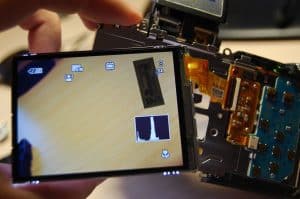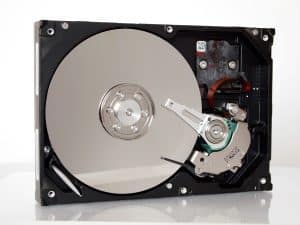Molecular Transistors: Chemical Switching
The Future of Computing: Molecular Transistors and Chemical Switching
Molecular transistors are the newest development in the field of computing, with the potential to revolutionize the way electronic devices are designed and operate. These tiny devices, made up of individual molecules, have the ability to switch between two states, just like traditional transistors. However, their size and construction allow for much faster processing speeds and lower power consumption. In this article, we will explore the concept of molecular transistors, their use in chemical switching, and the impact they may have on the future of computing.
What are Molecular Transistors?
A transistor is a semiconductor device that acts as a switch, controlling the flow of electrical current in electronic devices. Conventional transistors are made up of multiple layers of different semiconducting materials, which can be thousands of times larger than a single molecule. In contrast, molecular transistors are built from single molecules, making them incredibly small in comparison.
These molecules are selected for their unique electronic properties, and they can be chemically modified to act as the different components of a transistor – the source, drain, and gate. When a voltage is applied to the gate, it can control the flow of electrons through the molecule, just like a traditional transistor. This ability to control the movement of electrons at such a small scale opens up a whole new realm of possibilities for electronic design.
Chemical Switching with Molecular Transistors
One of the most exciting applications of molecular transistors is their use in chemical switching. Chemical switching is when a change in the chemical structure of a molecule causes it to switch between conductive and non-conductive states. This process has the potential to be much faster than traditional electronic switching, as the chemical reactions happen almost instantaneously.
Molecular transistors can be designed to specifically respond to certain chemicals or environmental factors, making them ideal for sensors and detectors. For example, a molecular transistor designed to respond to a particular toxic gas could trigger an alert when exposed to it. This type of chemical switching can also be used in drug delivery systems, where a molecular transistor could release a medication in response to a specific chemical signal in the body.
The Advantages of Molecular Transistors
Aside from their potential use in chemical switching, molecular transistors offer several other advantages over traditional transistors. Their small size allows for more transistors to be packed onto a single chip, increasing processing speed and power. They also operate at much lower voltages and use less energy, making them ideal for portable devices.
Furthermore, molecular transistors can also be designed to operate at room temperature, whereas traditional transistors require cooling systems to prevent overheating. This could significantly reduce the cost and complexity of electronic devices and pave the way for smaller, more efficient technology.
The Future of Computing
The development of molecular transistors has the potential to drastically alter the current landscape of computing. With their small size and efficient operation, they could lead to a new generation of faster, more powerful, and energy-efficient devices. The use of chemical switching could also open up new possibilities in fields like medicine, biotechnology, and environmental monitoring.
However, there are still challenges to overcome in the development and integration of molecular transistors into practical applications. More research is needed to improve their stability, reliability, and scalability. Nevertheless, the potential impact of molecular transistors on technology and society is immense, and continued advancements in this field could lead us to a new era of computing.
In conclusion, molecular transistors are a fascinating advancement in the world of electronics. Their small size, efficient operation, and potential for chemical switching make them a promising technology for the future. As more research and development are conducted, we may see these tiny devices become a staple in our everyday lives, revolutionizing the way we process and interact with information.









